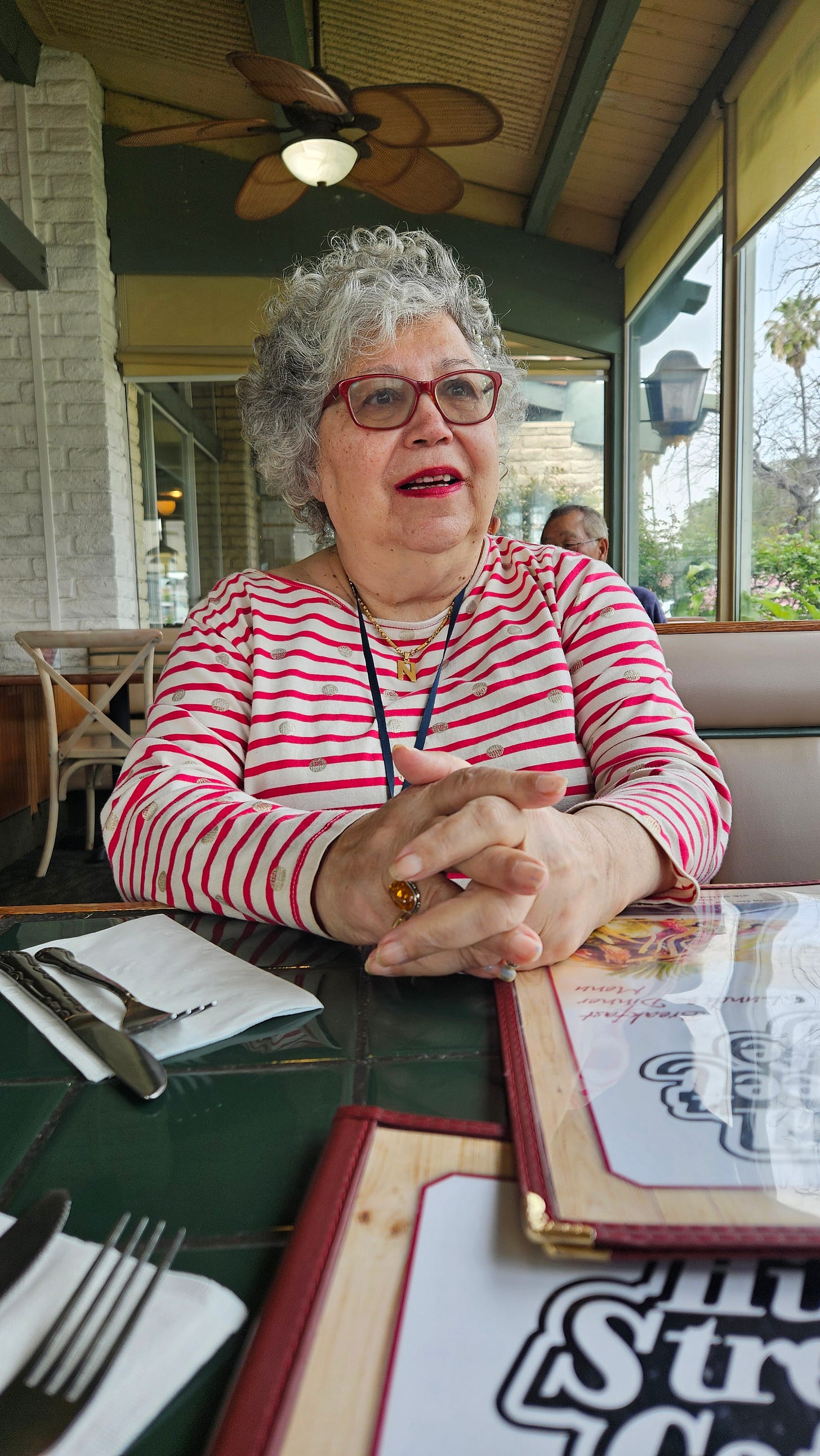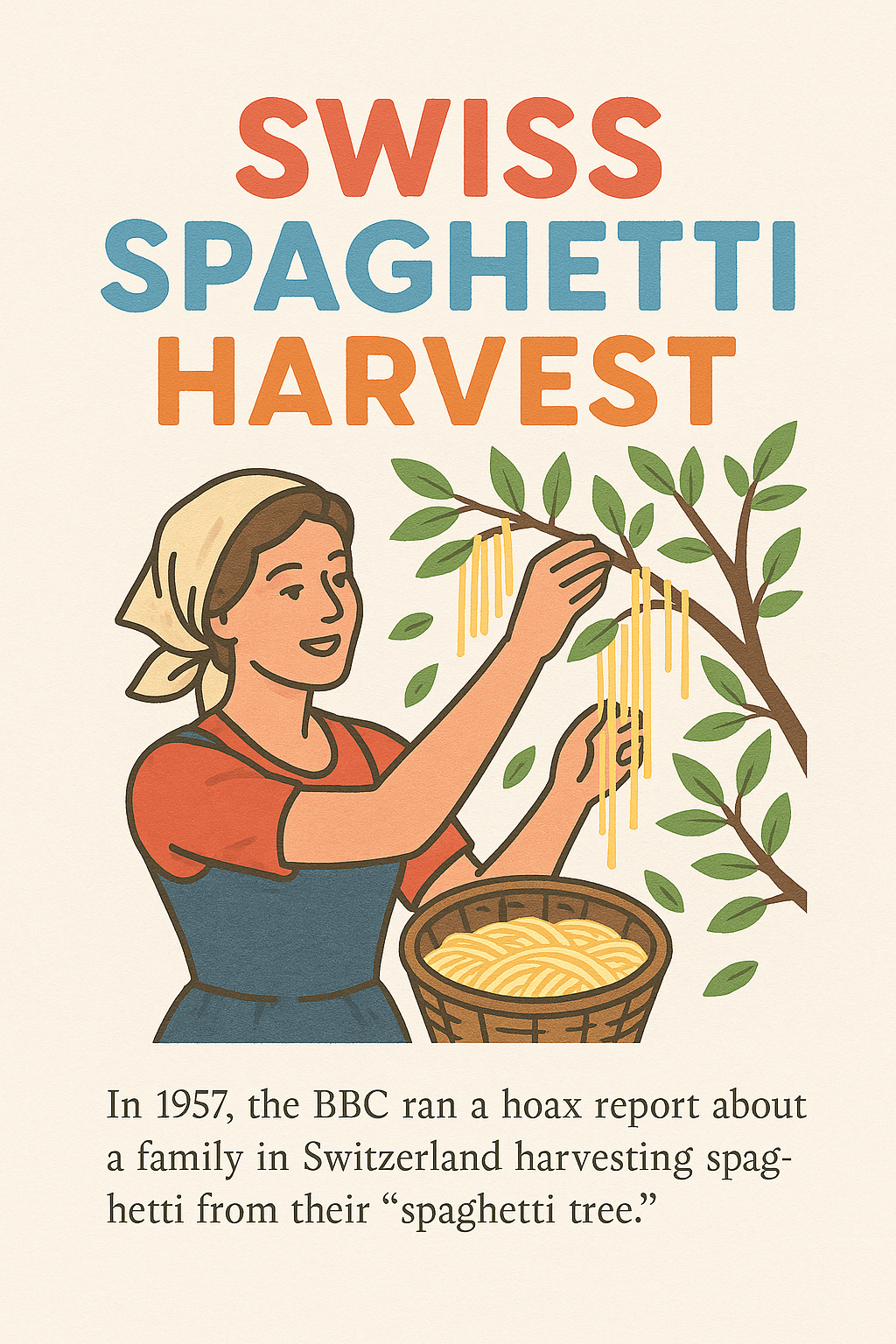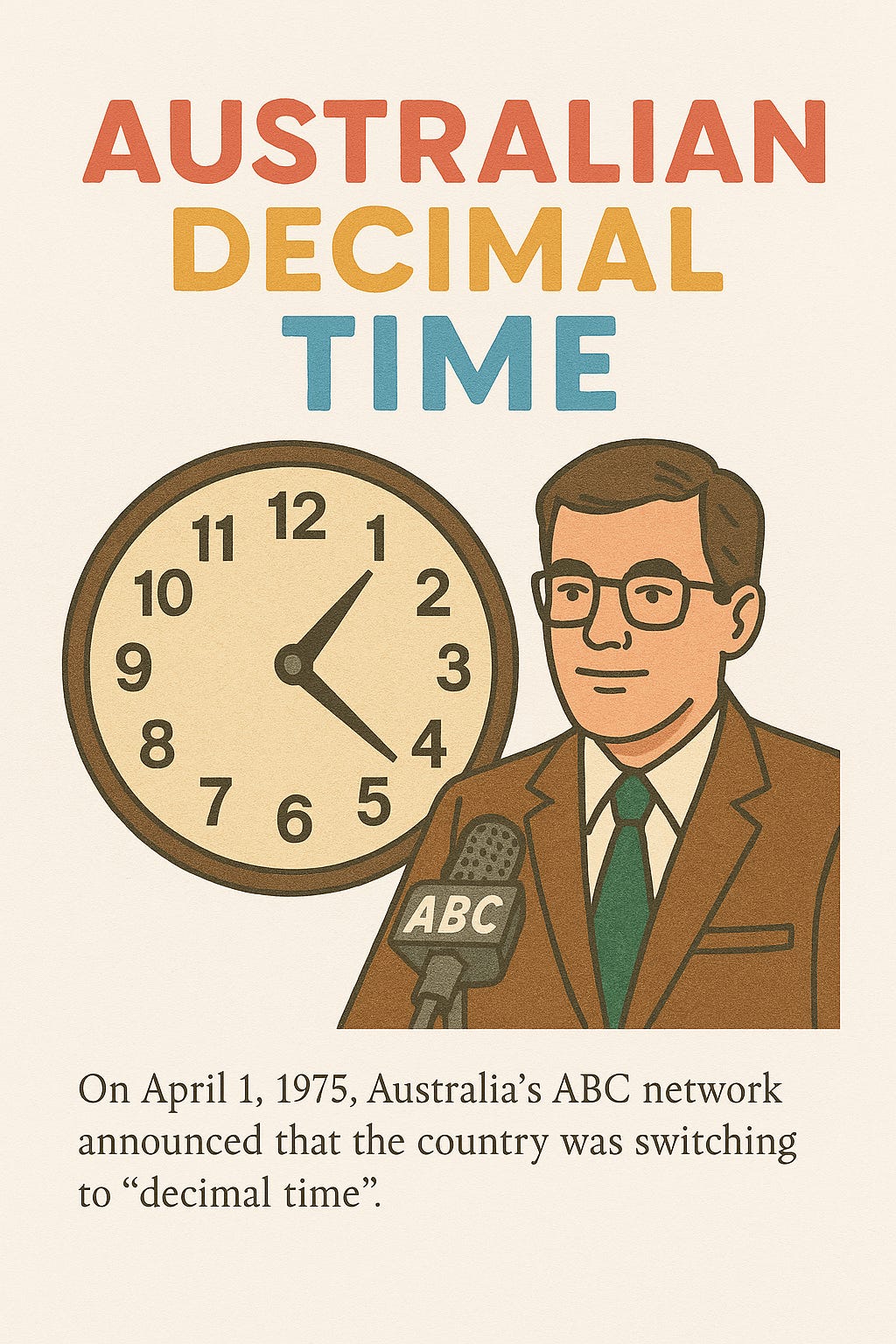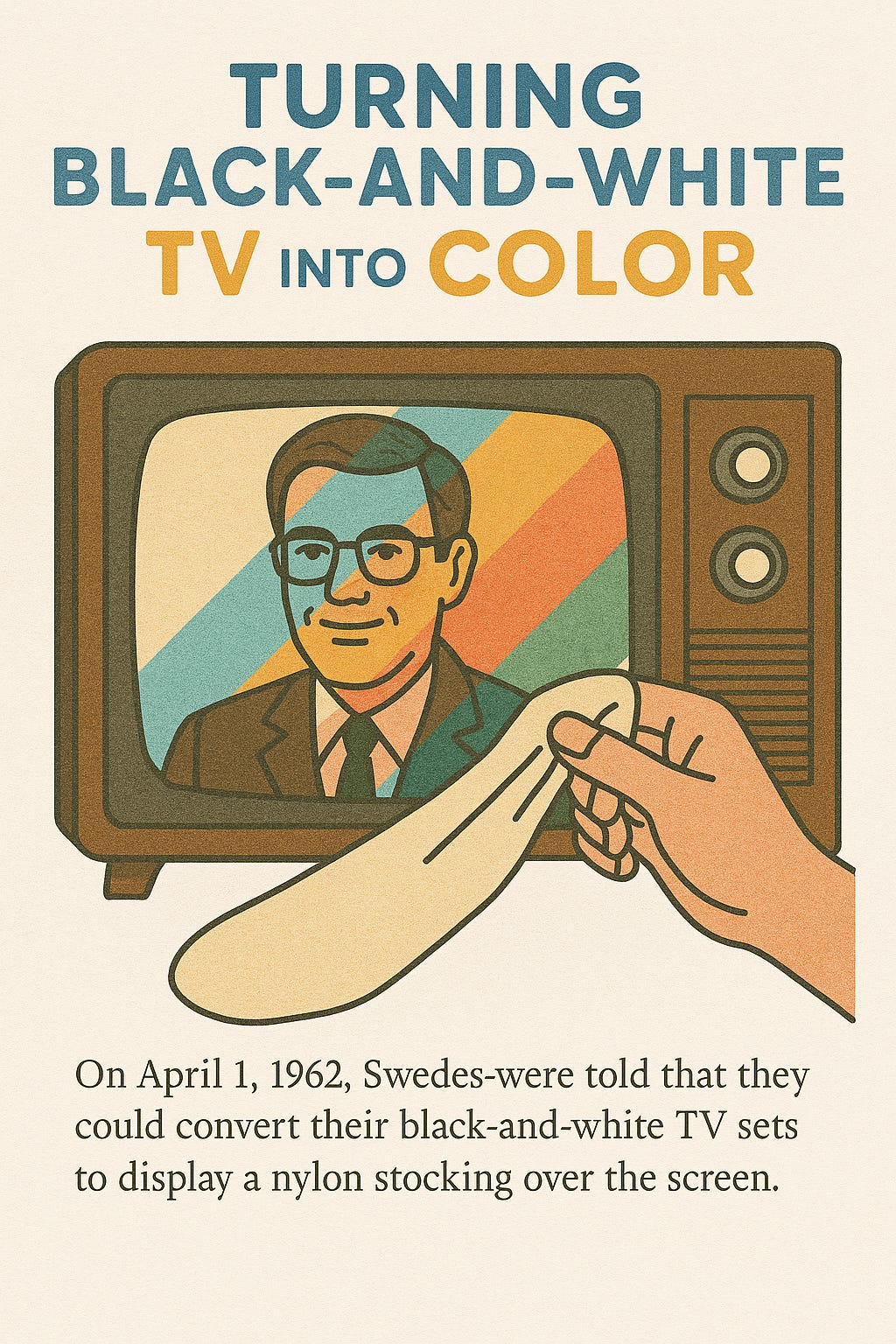Gotcha!
A Playful History of Pranks, Hoaxes, and My Legendary Mom
April Fool’s Day has always held a special place in my heart—not because I’m a master prankster, but because I’ve spent a lifetime being on the receiving end of the most delightful, gentle trickery from one very specific source: my mother. Now well into her eighties, she still manages to fool me with a sparkle in her eye and the same mischievous charm she’s wielded for decades. Every April 1st, just when I think I’m too clever or too old to fall for her antics, she outwits me again—whether it’s a fake emergency, a swapped ingredient, or a straight-faced whopper delivered over morning coffee. Bless her heart, she’s the reigning queen of April Fool’s in our family, and I wouldn't have it any other way.
April Fool’s Day: A Glorious History of Gullibility
April Fool’s Day—humanity’s most dignified tradition dedicated to pantsing reality. It’s the one day a year when logic takes a backseat, absurdity gets a parade, and gullibility is not a weakness but a rite of passage. Whether you’ve been tricked into believing spaghetti grows on trees or that penguins can fly, you’ve played your part in a grand, silly legacy that stretches back centuries.
But Where Did It All Begin?
Historians argue over the true origin of April Fool’s Day the way cats argue with laser pointers—loudly and without resolution. A popular theory traces it back to 16th-century France, when the country switched calendars. Some folks, unaware of the change, kept celebrating New Year's in late March and were mocked for it, eventually becoming the first honorary April fools. (The historical record is unclear whether they were also the first to have sardines taped to their backs.)
Others suggest it goes back to ancient Roman festivals like Hilaria—a day of masquerades, mockery, and mischief, held in honor of the goddess Cybele. This may be the only time in history when pranksters could legitimately claim divine inspiration for replacing your wine with vinegar.
But the real glory of April Fool’s Day lies not in its murky birth, but in the glorious disasters and pranks it has unleashed on an unsuspecting public. Here are just a few gems from the archives of ridiculousness.
1. The Great Spaghetti Harvest (1957)
The BBC aired a segment showing Swiss farmers harvesting spaghetti from trees. Viewers called in asking how to grow their own. This prank had everything—high production value, posh narration, and a reminder that the British can make anything sound plausible if they say it with the right accent.
2. Sweden’s Nylon Revolution (1962)
A Swedish TV expert claimed that stretching a nylon stocking over your TV screen would instantly convert it to color. Thousands of Swedes scrambled to ruin their hosiery, chasing rainbows that never came. It was a high point for pranksters—and a low point for nylon.
3. The Taco Liberty Bell (1996)
Taco Bell took out full-page ads claiming they’d purchased the Liberty Bell and renamed it the “Taco Liberty Bell” to help pay off the national debt. Americans were outraged. Then confused. Then hungry. The prank was so successful the White House got involved—with a press secretary joking that the Lincoln Memorial had been sold to Ford.
4. Sidd Finch: The Fastball Phenomenon (1985)
Sports Illustrated ran a feature on Sidd Finch, a reclusive monk-turned-baseball-pitcher who could allegedly throw a 168-mph fastball while wearing only one boot. Fans lost their collective minds. The Mets got calls. People wrote poems. It remains one of the most convincing sports hoaxes in history—and one of the few that required understanding both baseball and Buddhism.
5. Google Nose and Other Tech Shenanigans (2013–onward)
Google joined the prank parade with gusto, launching “Google Nose”—a fake search function for smells. Other hits include “Google Translate for Animals” and a job listing for a “Pokémon Master.” We can only assume the entire company takes April 1st as a corporate holiday for mischief.
6. The Left-Handed Whopper (1998)
Burger King announced a special Whopper designed specifically for left-handed people, with ingredients rotated 180 degrees for ergonomic convenience. Lefties rejoiced. Right-handed people grew resentful. And the rest of us questioned the integrity of lettuce.
7. Flying Penguins (2008)
The BBC once again brought visual magic to the madness with a segment showing penguins that could fly from Antarctica to the Amazon. The footage was so realistic, some viewers forgot that physics—and nature—don’t work that way.
8. The Islands of San Serriffe (1977)
The Guardian published a full seven-page feature on the fictional islands of “San Serriffe,” whose geography just happened to resemble a semicolon. The entire story was filled with typographic puns. Readers were enchanted, travel agents confused, and copy editors quietly applauding.
9. Big Ben Goes Digital (1980)
In a move that sparked more outrage than Y2K, the BBC reported that Big Ben was being replaced with a digital clock. Traditionalists panicked. Tourists wept. And somewhere, a marketing team high-fived over tea.
A Holiday Worthy of the Human Spirit
April Fool’s Day isn’t just about practical jokes—it’s about imagination, satire, and the delightful human ability to suspend disbelief in the name of comedy. It’s about telling someone there’s a sale on gravity and seeing how far they’ll fall for it.
In a world that often feels heavy, April 1st reminds us that laughter is a perfectly acceptable coping mechanism. So let us raise a glass (hopefully not glued to the table) to the pranksters, the duped, and the legends who have turned foolery into folklore.
Because on this day of days, it’s not about who gets fooled—it’s about how spectacularly, lovingly, and historically we all play along.






